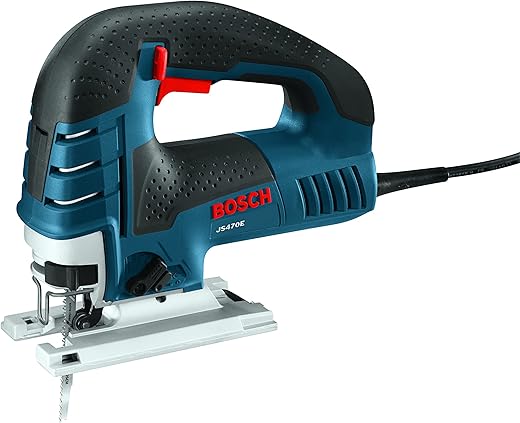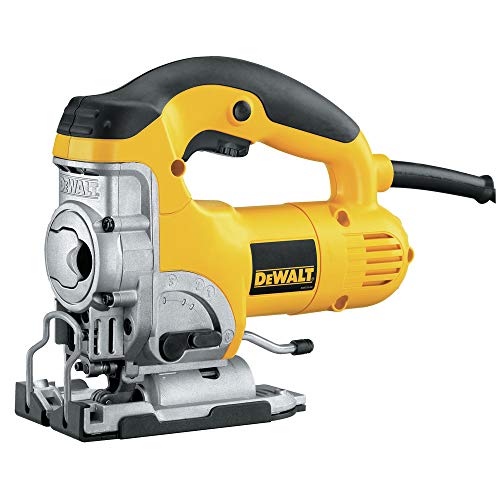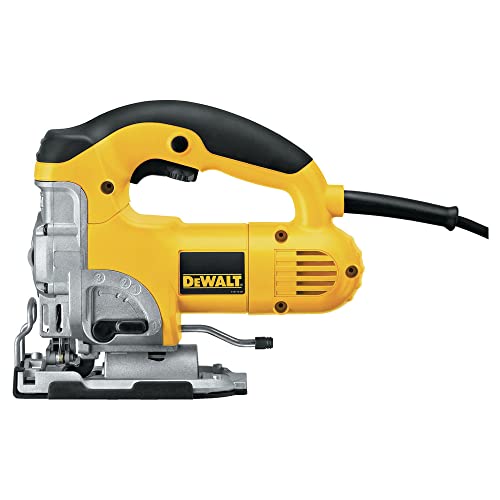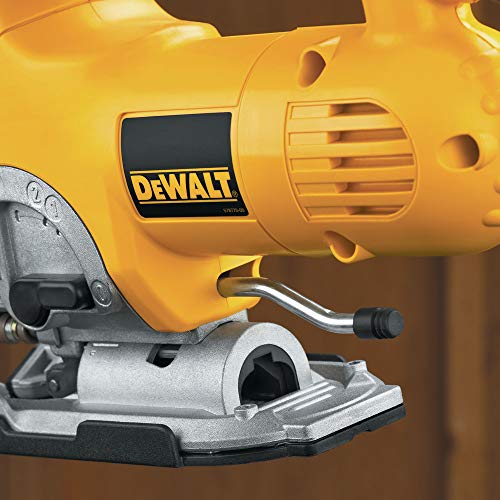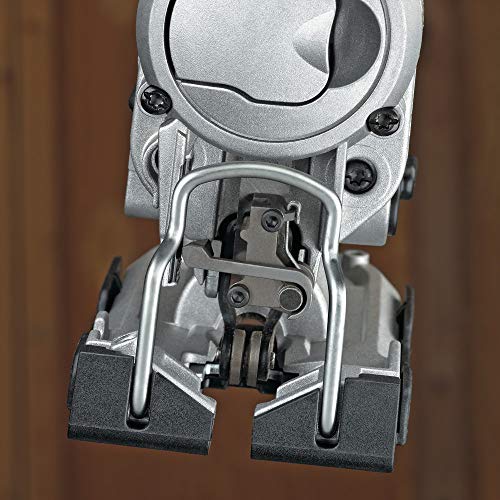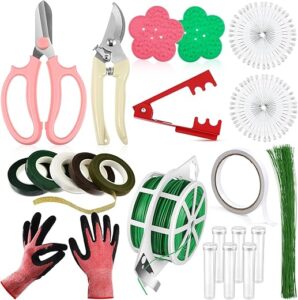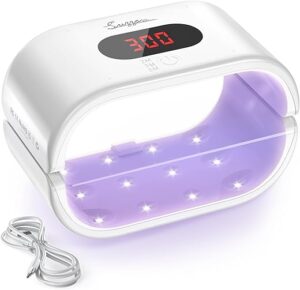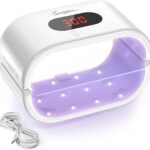I test these two planers side-by-side — will the Bosch’s silky finish or the DEWALT’s raw speed save you hours on your next reclaimed-wood coffee table (plus my quick setup tip to avoid tear-out)?
I put two jigsaws in a ring—spoiler: chaos was minimal. I tested the Bosch JS470E and DEWALT DW331K to help DIYers pick the better jigsaw for common home projects. I focus on real use—comfort, control, and cuts each excels at.
Precision Cutting

I like the combination of power and low vibration — it makes plunge cuts and countertop cutouts much less tiring. For DIYers I recommend the anti-splinter insert and slower speeds for cleaner edges when working on furniture or trim projects.
Workshop Ready
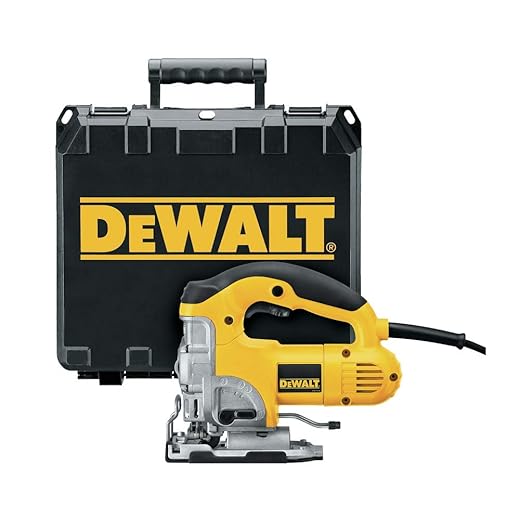
I appreciate how solid and balanced this tool feels — it stays steady during long cuts and shop use. For DIY and shop projects I rely on the flush-cut blade system and bevel detents for accurate trim and template work; a tip is to pair it with quality T-shank blades for cleaner metal and hardwood cuts.
Bosch JS470E Jigsaw
DEWALT DW331K Jigsaw
Bosch JS470E Jigsaw
DEWALT DW331K Jigsaw
Bosch JS470E Jigsaw
DEWALT DW331K Jigsaw
Head-to-Head Snapshot: Specs, Price, and First Impressions
Quick overview — what the numbers mean on the job
I’ll start with a practical take: Bosch brings a 7.0‑amp motor and up to 3,100 SPM with 45° bevel and variable speed — that extra amp shows when pushing hardwood or making long cuts. DEWALT’s 6.5‑amp motor still hits 500–3,100 SPM but tends to feel a touch lighter and simpler to handle for repetitive shop work. Both are top-handle, bevel to 45°, and accept T‑shank blades.
Kit and out-of-the-box value
Out of the box the Bosch arrived feeling more “complete” — carrying case, anti‑splinter insert, overshoe, bevel wrench, and one blade included. It’s heavier (about 10.25 lb) but I liked the tool‑less blade change and low‑vibration design.
Head-to-head bullets (practical takeaways)
Quick tip: If you want a ready-to-go kit and fight through hardwoods, I lean Bosch. If you want a shop‑ready, lower‑vibration tool for precise flush and bevel work, DEWALT feels more professional in the hand.
Feature Comparison Chart
Real Cuts and Comfort: How They Perform in the Workshop
Bosch JS470E — power with a stable cut
When I push the Bosch through plywood shelves or long hardwood rip cuts I notice the 7.0A motor muscle right away: it keeps speed under load and the 4‑position orbital gives options from smooth to aggressive. The anti‑splinter insert actually helps on the top face of plywood so tear‑out is lower than I expected. It’s heavier, so it feels more stable on long straight cuts but a bit slower to flick through tight interior curves.
Low vibration and the tool‑less blade change make long jobs less fatiguing, though the added weight matters if you hold it up for extended periods.
DEWALT DW331K — lighter, smoother, and very controllable
The DEWALT feels easier to steer on tight curves and trim work. The counterbalance and big rubber grip noticeably damp vibration — great when I’m trimming laminate or following a tight template. Its flush‑cut blade system is handy for cabinet and countertop finish work.
With the same top SPM, I use the DEWALT for detailed curve cuts and finish pieces; it tracks the line cleanly and the dust blower keeps the line visible.
Real examples and quick in-use tips
Features, Maintenance, and Accessories That Actually Help
Blade change: speed matters
I want a blade swap to be fast and safe. Bosch’s tool‑less system with an ejection lever makes hot-blade swaps painless; I can change blades without touching metal. DEWALT’s keyless lever clamp is just as fast and feels rock‑solid — great for quick transitions between templates and rips.
Shoe adjustability & bevels
Both tilt to 45°, but DEWALT has positive detents at 0°, 15°, 30°, 45° so I click into common angles quickly. Bosch includes a bevel wrench and a heavy die‑cast foot that stays flat on long rips. For cabinet face frames I prefer DEWALT’s detents; for long straight cuts I like Bosch’s stability.
Dust control and line visibility
DEWALT’s integrated dust blower actually keeps the cut line visible and helps when trimming laminate. Bosch will work with dust control but usually needs an adapter or overshoe removed — I add a shop‑vac adapter when doing lots of cutting.
Variable speed & orbit settings that I use
Both have variable-speed dials plus trigger control and 4-position orbital settings. My rule: low speed + no orbit for curves and laminate, high speed + aggressive orbit for fast rips in softwood. It’s the simplest way to get cleaner curves or faster throughput.
Accessories I’d buy
Simple maintenance & spare‑parts checklist
Spare parts I keep on hand:
Projects, DIY Tips, and Which One I’d Choose for Each Task
Curved shelves (smooth long bevels)
I’d use the Bosch JS470E for this—its 7.0A motor and solid die‑cast foot make long bevel cuts feel stable and faster.Step tips:
Stair risers and trim
DEWALT DW331K is my pick for occasional trim work—positive bevel detents and the integrated dust blower keep lines visible and angles repeatable.Step tips:
Rounded tabletop or birdhouse (small radius work)
Blade choice matters more than raw power here. Pick a narrow, fine‑tooth scroll or pattern blade for tight curves.Step tips:
Trimming laminate countertops
Go slow and use a fine blade to avoid chipping—DEWALT’s dust blower helps, but anti‑chip measures are key.Step tips:
Decision checklist (choose one):
Quick on-the-job tips:
Final Verdict: Which I Recommend and When
I recommend the Bosch JS470E as the winner for frequent, precise work—more power, speed, and beveling for furniture, trim and curved cuts. Choose the DEWALT DW331K for dependable, simpler jobs or a tighter budget. Whichever you pick, use quality blades and clamps for faster, cleaner results. Ready to start your next project?




